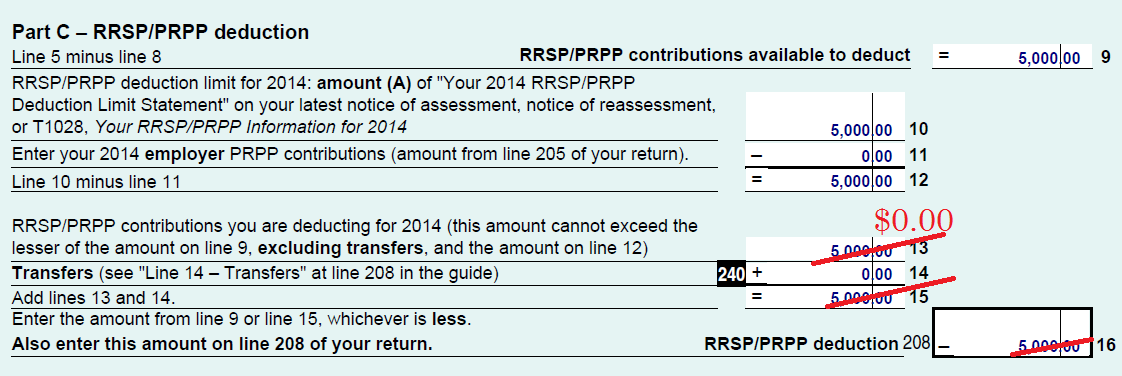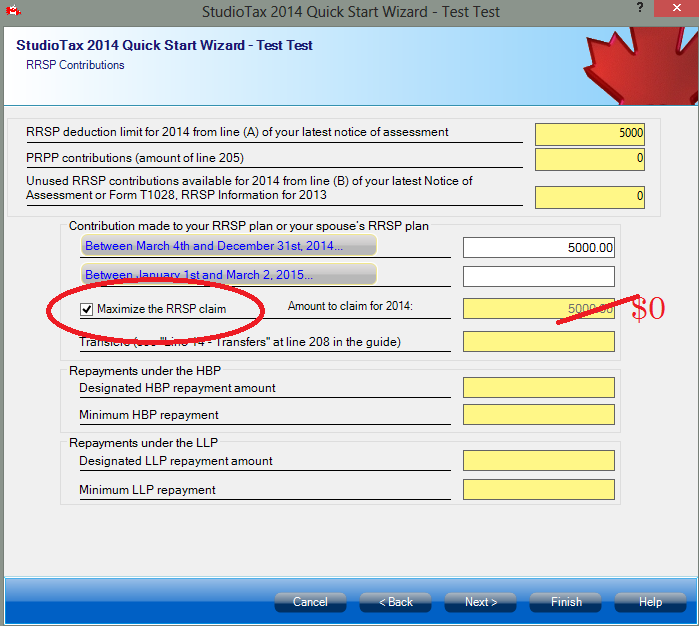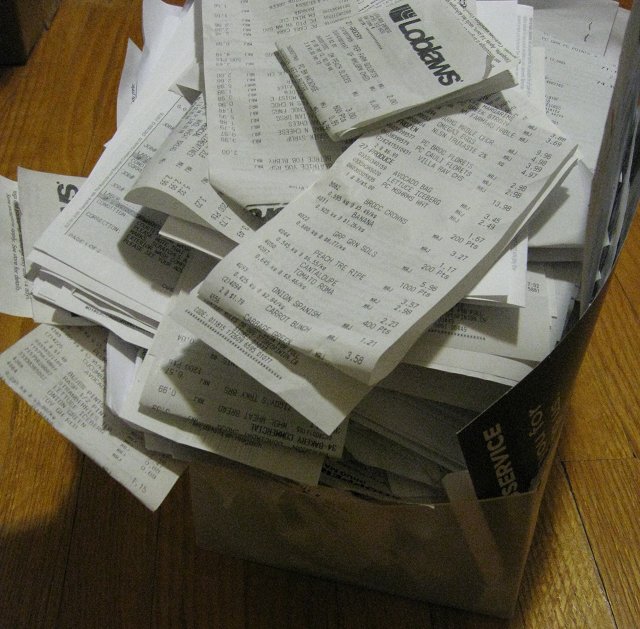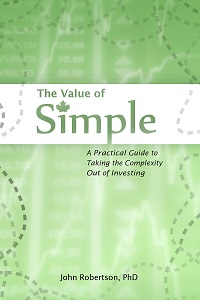In the last post we talked about how to defer your deduction, but glossed over when that would make sense. A reader pointed out that there are actually few1 cases where it makes sense to do so.
The base case is where you have some money and are in a low tax bracket now, but will be in a higher one soon. I had suggested that this was where it would make sense to contribute immediately but defer the deduction, so as to avoid ongoing taxation of the funds if you simply waited to contribute. But this reader encourages us to look at those cases more closely.
Let’s say your money grows at 5%, and you get taxed on half the growth (like capital gains), and you start in the 20% tax bracket, and move to the 35% bracket the next year. If you contribute $100 to your RRSP and hold off to take the deduction, then you’d have:
Start in RRSP: $100
Refund from taking deduction at 35% bracket: $35
Tax-free growth in RRSP over year: $5
Total: $105 in RRSP, $35 outside, total of $140
If you contribute and take the deduction immediately, you’d have:
Start in RRSP: $100, initial refund: $20. Put that in the RRSP, but then assume the refund from that comes the year after (at the 35% rate).
Total after the year: $126 in RRSP, $7 outside, total of $133.
If you wait to contribute, your $100 grows to $105, but then if you have to pay tax at 35% on half the growth (the gain is realized as you contribute) you’d only have $104.12 to contribute. But that extra contribution would bring you a slightly larger refund.
Total: $104.12 in RRSP, $36.44 outside, total of $141.14.
It’s tough to compare these outcomes because they’re not all in the same place — money in the RRSP is subject to taxes on withdrawal. So we can contribute a bit more to make the sheltered amount equal and the comparison easier: for the last scenario, $105 in RRSP, $35.88 outside by contributing $0.88 and getting $0.31 back. So, a slight benefit to just paying the taxes and contributing the larger amount when you’re in the higher tax bracket — which you’ll have to weigh against the need to track and report the non-registered investments for taxes.
This is all assuming that you have the contribution room to contribute more later. However, RRSP contribution room is finite, and can be quite limited if you’re in the situation of having lower employment income (e.g., a grad student on scholarship) and plenty of non-registered investments. RRSP contribution room carries forward, but it does not grow or get inflation adjustments. So in the case where you can only contribute $100 no matter which point in your life that is, would it make sense to contribute right away and then defer taking the deduction? Again, the comparison gets tricky because we’ll have different amounts inside and outside the RRSP, so it’s hard to compare head-to-head. If you figure that the RRSP is money good (you’ll be able to pull it out completely tax-free) then the contribute immediately and defer the deduction plan wins; it looks like the break-even is where the rate on RRSP withdrawals is the same on the rate applied to the non-registered investments.
Reality is a bit messier because you wouldn’t be immediately pulling the RRSP money out again, you’re hoping for it to keep compounding into the future. Using your room as soon as possible and deferring the contribution gets you more in the shelter, versus having more in your non-registered account to face the drag of taxes over time. I haven’t figured out the math to get an analytical formula, but from playing with a spreadsheet it does look like it does generally make sense to contribute and defer the deduction if your room is finite and your tax drag is about a quarter to a third of your marginal rate (which is the case, even for dividends, for people with incomes over ~$45k).
Ok, that was a bit confusing and not especially conclusive. There are cases where it makes sense to contribute and defer taking the deduction, mostly when your contribution room is limited (where you’ll end up with non-registered investments no matter what), but it’s not as hands-down beneficial as I thought when I did it as a grad student, and not as simple as I implied in the previous post looking only at the value of the deduction (and ignoring that the contribution will likely grow over time even if left in a taxable account). If you’re not worried about running out of RRSP room (with employment income without a pension adjustment, and with a TFSA, it’s hard to run out of tax shelter for many people), then the contribute-but-defer plan is likely not for you.
Still, the previous post on knowing how to defer is still useful because we don’t have perfect knowledge of the future. There are situations where you may contribute in a lower tax bracket and want to defer taking the deduction, and that’s when you contribute without knowing what your tax rate for the year will be in advance. For instance, if you make regular contributions in the first half of the year, but then find yourself unemployed in the last half, you may wish to defer taking the deduction for those contributions until you’re back up to speed; or where you work one job and make contributions but then get a big raise towards the end of the year or early in the next. Yes, it may have been even better to hold off on making the contributions in the first place, but that would have required an impossible ability to predict the future.
1. Actually the word used was “never”.





 Questrade: use QPass 356624159378948
Questrade: use QPass 356624159378948 Passiv is a tool that can connect to your Questrade account and make it easier to track and rebalance your portfolio, including the ability to make one-click trades.
Passiv is a tool that can connect to your Questrade account and make it easier to track and rebalance your portfolio, including the ability to make one-click trades.